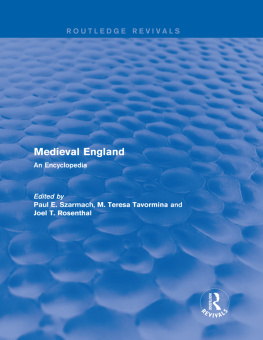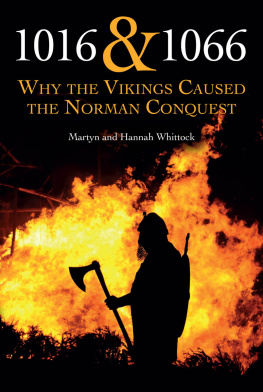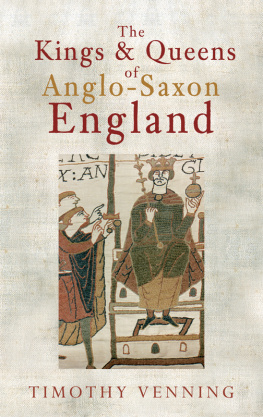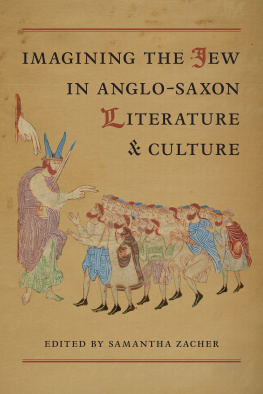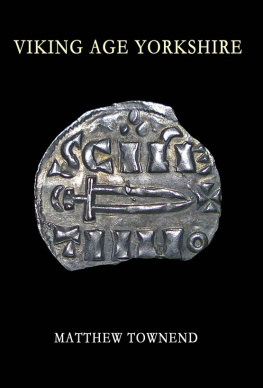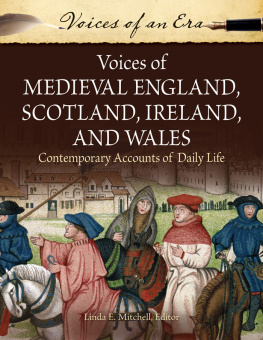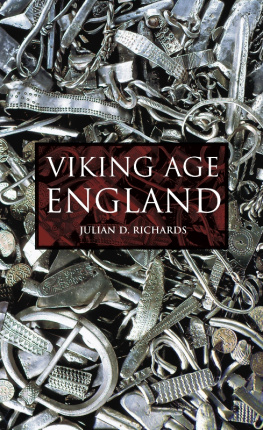St. Albans Abbey
The Benedictine abbey church of St. Albans () was commenced by Abbot Paul of Caen (107788). It was the first post-Conquest church to be conceived on the vast scale of 4th-century imperial Christian basilicas in Rome. The setting for the shrine of St. Alban was thereby associated with St. Peters, Rome, while the monumentality of the new church stood as a powerful symbol of Norman administration. Solid walls separated the four-bay presbytery from its five-bay aisles. The east end probably terminated in three apses, with those to the aisles enclosed in flat east walls. Of the groin-vaulted presbytery aisles there remain the two western bays on the south and the westernmost on the north. The painted decoration of these groin vaults is 13th-century, but traces of similar work underneath suggest that the ribbons on the groins and the false ashlar webbing reflect Romanesque precedent. The presbytery originally had a high groin vault, while the transepts and nave were wood-roofed. The aisleless transepts, formerly with two apsidal chapels to the east, have a three-story elevation with superposed triforium and clerestory passages. In the nave the second story takes the form of a low gallery. The crossing lantern tower, with superposed wall passages, recalls St. tienne at Caen, but the upper external passage may derive from imperial Germany.
Built of reused Roman brick from Verulamium and flint rubble, Romanesque St. Albans is often dismissed as a plain, even crude building. However, in the crossing and nave it uses three-order arches, and in the transepts and nave stringcourses balance the vertical thrust of the pilasters. These elements stand at the beginning of the tradition of rich articulation in English Romanesque churches. The nave arcades preserve a great variety of Romanesque painted patterns, while the fifth and sixth piers of the north arcade break from the straightforward compound type to signify the area of the nave altar.
Malcolm Thurlby
Bibliography
Buckler, John C., and Charles A. Buckler. A History of the Architecture of the Abbey Church of St. Alban. London: Longman, Brown, Green, & Longmans, 1847; Van Zanten, David T. The Romanesque Church of St. Albans. Gesta A (1965): 2327.
See also Architecture and Architectural Sculpture, Romanesque; Durham Cathedral
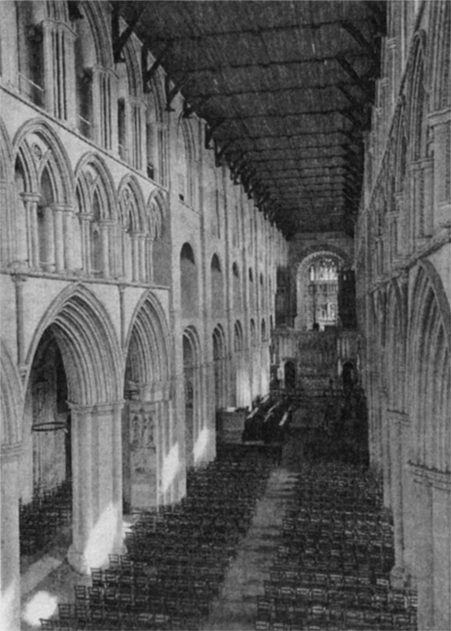
. St. Albans Abbey; nave interior. RCHME , Crown copyright.
St. Albans Psalter
The St. Albans or Albani Psalter (Hildesheim, St. Godehard) ranks as one of the most important English Romanesque illuminated manuscripts because of its extensive miniature cycle. The psalter text is preceded by calendar illustrations, 40 full-page framed scenes drawn mainly from the New Testament, and five tinted drawings from the life of St. Alexis and the Emmaus story. There are two full-page miniatures depicting the martyrdom of St. Alban and David with his musicians at the end of the manuscript. In addition 211 historiated initials accompany the psalms.
The manuscripts provenance and date have been established on the basis of entries in the calendar, several of which may suggest that it was made for the anchoress Christina of Markyate, a disciple of Roger, who had been for a time a monk at St. Albans and later lived the life of a hermit in the vicinity. Since Roger died before 1124 and the entry for his death was made after the calendar was completed, an approximate date before 1130 has been assigned to the manuscript.
This dating makes the St. Albans Psalter the first extant English manuscript with a cycle of full-page painted miniatures since the 10th century. The style and iconography of both miniatures and historiated initials differ substantially from Anglo-Saxon works, making them the earliest surviving representatives of a new pictorial tradition in the Romanesque period. The figure style is characterized by elongated figures shown in profile and clothed in clinging draperies overspun by a fine cobweb of white highlights. Pcht viewed the style as a new development in English art introduced by the main artist, whom he called the Alexis Master, and identified the major source of this artists inspiration as Italo-Byzantine art. Swarzenski and Kauffmann questioned this interpretation by pointing to elements of the style in manuscripts produced in England or under English influence in the first quarter of the 12th century.
A similar debate exists concerning the iconographical sources for the miniatures. Pcht indicated that the Alexis Master drew directly upon a wide range of sources, including Anglo-Saxon, Ottonian, and, to a greater extent, Italo-Byzantine models in creating this cycle. Others have expressed doubt about the originality of the cycle as a whole and have also questioned which sources shaped it. Kauffmann, drawing attention to similarities between the St. Albans cycle and two other 12th-century New Testament cycles, suggested a common archetype for the group, thereby removing the Alexis Master from a major role in the creative process. Swarzenski questioned the originality of particular iconographical details, citing precedents in earlier continental manuscripts, and stressed the importance of Ottonian art as the major influence on the New Testament cycle.
The tinted drawings are grouped together with the earliest extant Anglo-Norman French version of the Vie de saint Alexis. Pcht argued that the inclusion of this particular text and the specific scenes chosen for illustration had a special relevance for Christina, thereby underlining the private, individualized nature of these miniatures.
Some of the 211 historiated initials, such as those of David as Psalmist and Christ Trampling the Beasts, follow well-established models used in liturgical psalters. However, the majority echo commentaries on the psalms, principally that of St. Augustine. While some compositional similarities exist elsewhere, Dodwell viewed the initials as fairly original creations that emphasize monastic values. Stylistic parallels exist in Norman and Flemish manuscripts.
Kristine E. Haney
Bibliography
Haney, Kristine E. The St. Albans Psalter: A Reconsideration. JWCI 58(1995): 128; Kauffmann, C. Michael. Romanesque Manuscripts 10661190. A Survey of Manuscripts Illuminated in the British Isles 3, ed. J.J.G. Alexander. London: Harvey Miller, 1975; Pcht, Otto, C.R. Dodwell, and Francis Wormald. The St. Albans Psalter (Albani Psalter). Studies of the Warburg Institute 25. London: Warburg Institute, 1960; Swarzenski, Hanns. Review of The St. Albans Psalter. Kunstchronik 16 (1963): 7785; Thomson, Rodney. Manuscripts Jrom St. Albans Abbey 10661235. Woodbridge: Brewer, 1982.
See also Manuscript Illumination, Romanesque; St. Albans Abbey; Women and the Arts
St. Nicholas Crosier
This ivory crosier, or bishops staff of office (London, Victoria and Albert Museum inv. no. 2181865; ), shows scenes from the life of Christ (the Nativity and the Agnus Dei supported by an angel on the volute and the Annunciation to the Shepherds on the stem), and three scenes from the life of St. Nicholas: his birth, his refusal of milk from his mothers breast on fast days, and his gift of dowries to the daughters of an impoverished nobleman of Myra to prevent their being sent into prostitution.
Originally interpreted as representing the infancy and passion of Christ, the crosier has been attributed variously to Germany, France, and England, and to dates in both the 11th and 12th centuries. However, Dale identified the iconography by comparison with the stained glass at Chartres, dating the ivory to about 1175.
The importance of St. Nicholas (established by the 6th century) grew considerably following the translation of his body from Myra to Bari in 1087. The inclusion of scenes from his legend suggests that the crosier was commissioned for a church dedicated to the saint or for a bishop of that name.

